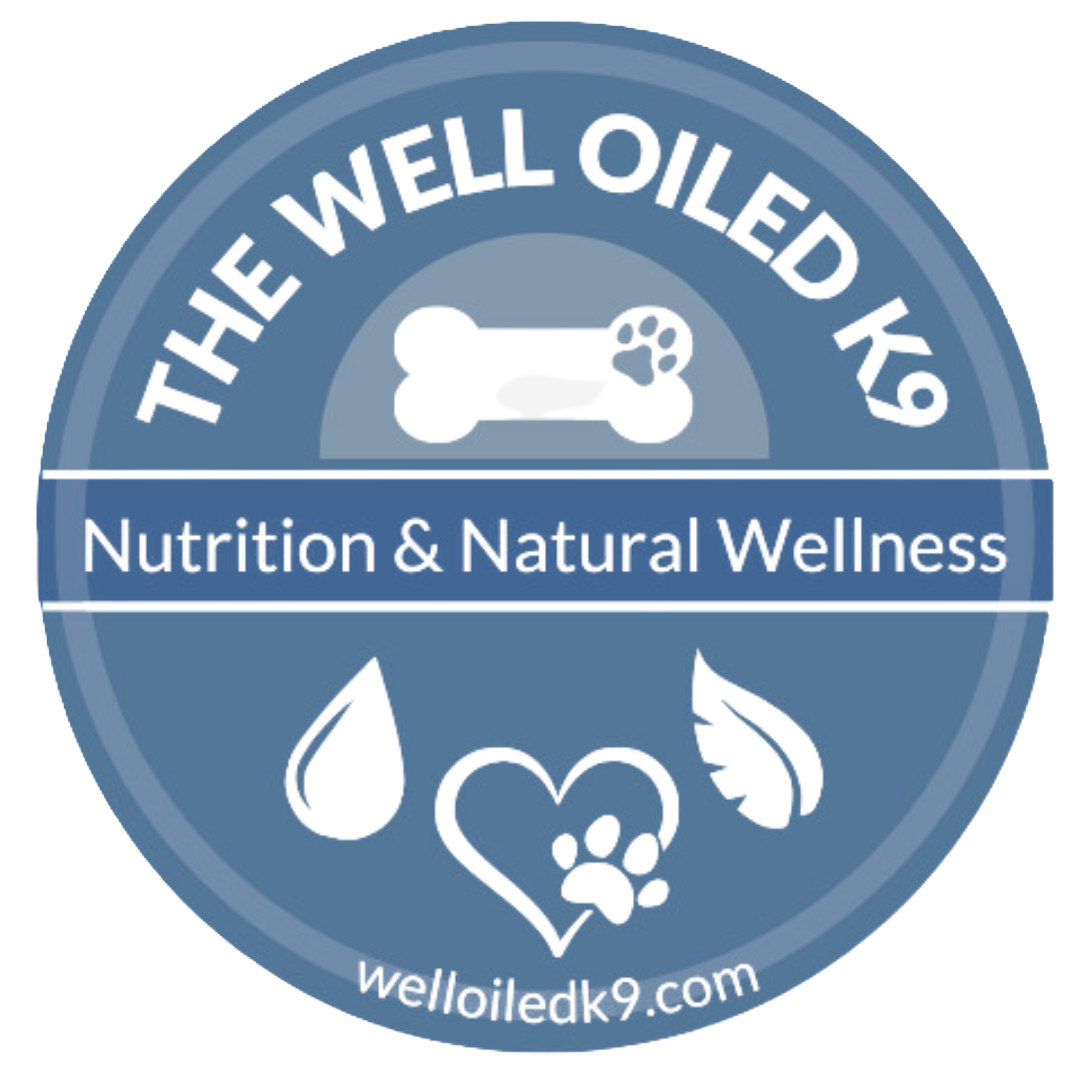Homemade Dog Food Feeding Mistakes
Common Mistakes In Homemade Dog Food Recipes
It is a great option for you to consider making food for your dog. It can seem overwhelming at first, but with a few guidelines, you can have a streamlined process and make a batch of food to last you several weeks at a time!
Making food may be the thing that saves you money and improves your dog’s health.
Many people start to worry about “people” food for their dog, but the truth is, getting whole real food into your dog is going to be far better than kibble. It’s better for their health, longevity, and behavior, but ONLY if you are not creating any serious gaps in nutritional profiles.
The mistake most people make when they begin making food at home is the jump to lean, skinless chicken, rice and peas & carrots. They include far many carbs. Too many Legumes. Long-term use of Rice is proving to not be healthy due not only to carbohydrates but also to arsenic. This food is ultimately inflammatory (chicken omega 6, rice/carbs, legumes may be interfering with taurin absorption).
These aren’t your best options. In fact, if that’s all you feed you could wind up with serious deficits in vitamins, minerals, amino acids, etc. These deficits could lead to some major medical concerns.
Others will want to dress up kibble by adding in some fresh raw meat. If you do that quite often as a relatively high portion of the overall food volume, you could be creating an imbalance in your dog’s nutritional profile. Yes, by trying to do something good and healthy, you may be missing the mark on calcium, Vitamins, Minerals, etc if you aren’t careful and do this long-term. It’s easy to fix your recipe but you first have to know how and why. (Read More About Adding Meat To The Kibble Bowl)
Questions I commonly ask home feeders:
Are you varying your proteins? Blending them? Could there be an intolerance/allergy? what percentage of your recipe is it?
Do you have a reason for the vegetable choices?
How much total carbohydrate is in your recipe?
Where is your source of Fat — what ratio?
Where is your source of Omega 3, is it enough?
Where is your source of Organ Meat — what ratio?
Do you have enough or have you omitted any Vitamins, & Minerals.
Where is your source of Fish Day
Where’s your source of calcium — how much, how often?
Have you crafted a recipe that supports a healthy immune system?
If your dog has heart, kidney, liver, allergies, anxiety, diabetes, senior, inflammatory conditions, or so on is your diet customized for that?
How much do you feed each day?
Do you need salt? Fresh Herbs?
Are you in a food rut feeding the same recipe week after week?
Making home-prepared foods for your dog doesn’t have to be hard. Some people really enjoy it. But you do need to balance the recipe — even if you are just trying to supplement the kibble bowl.
Download my Nutritional Guide or Recipes & Pet Health Coaching for making homemade food if that’s where you’re headed!
Or Even Better! Keep it simple and feed high-quality raw dog food with Volhard Dog Nutrition base mixes.
Be careful with some of the recipes you find on the internet. They may not be completely balanced either. Or they could be so customized for that specific recipe the minute you change the protein or add something else your ratios are out of whack.
If you are looking to make your own food, schedule a consultation with me to the important things you need to keep in mind for nutritional balance and effectiveness AND to take your individual dog’s needs in mind. I have recipes to share and show you how to customize them as needed.
This may include starting with a detox diet, boosting immunity, healing the gut first, transition, or even the proteins, veg and fruit you might want to choose to address behavioral issues with 5-Element Theory (Traditional Chinese Medicine theories) in mind.

